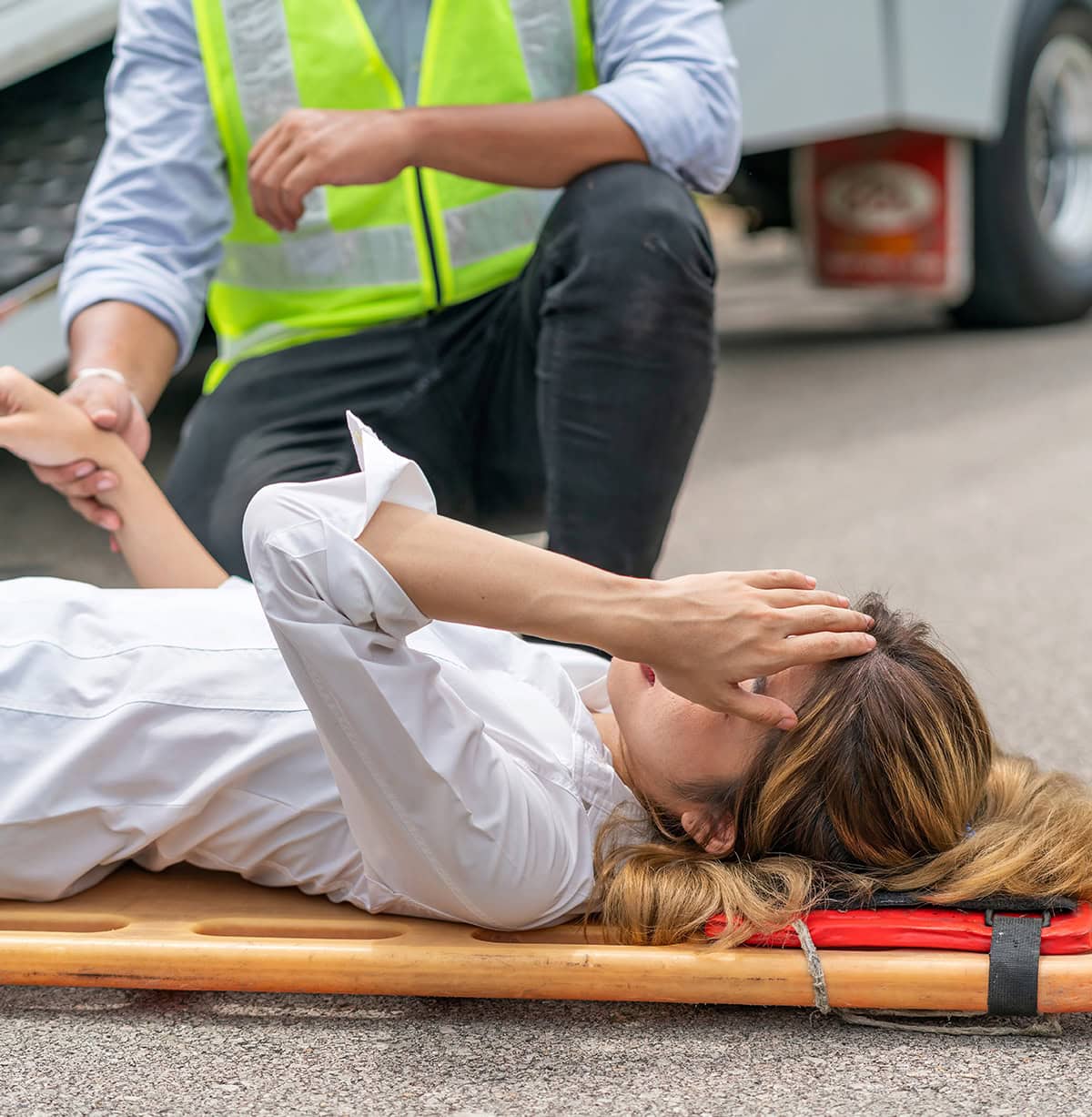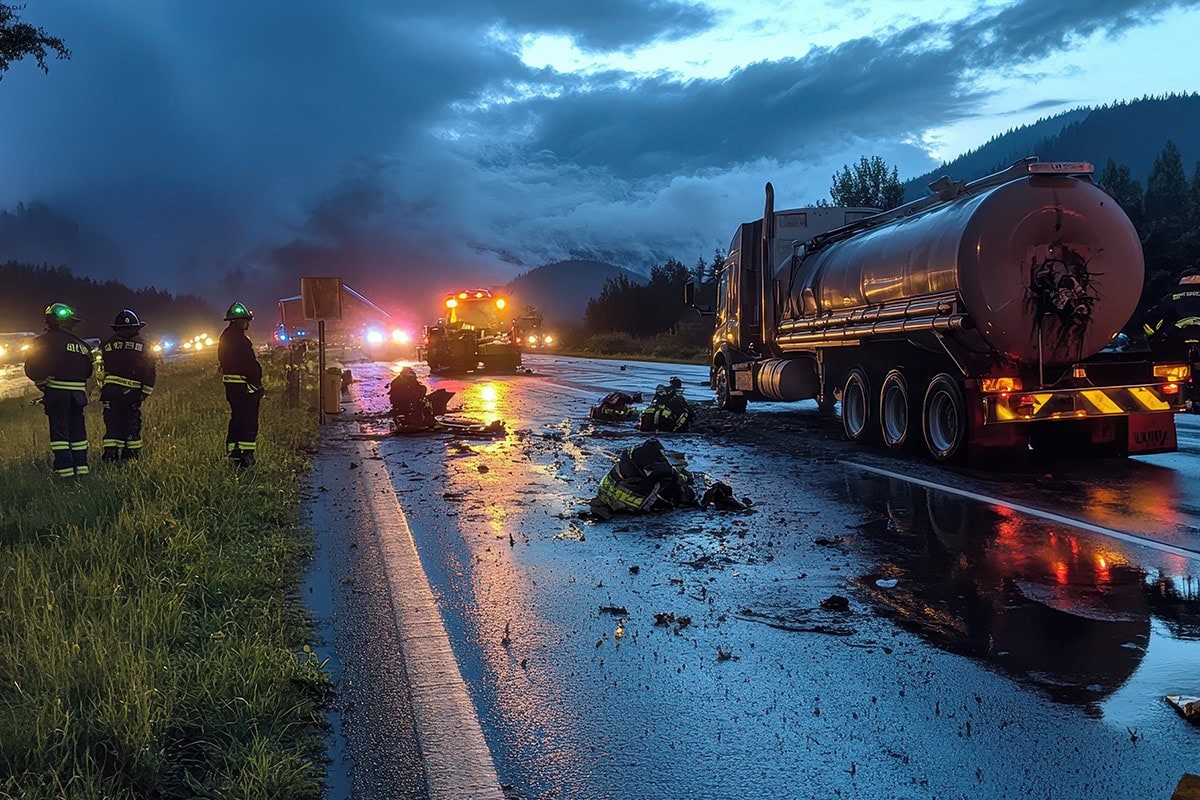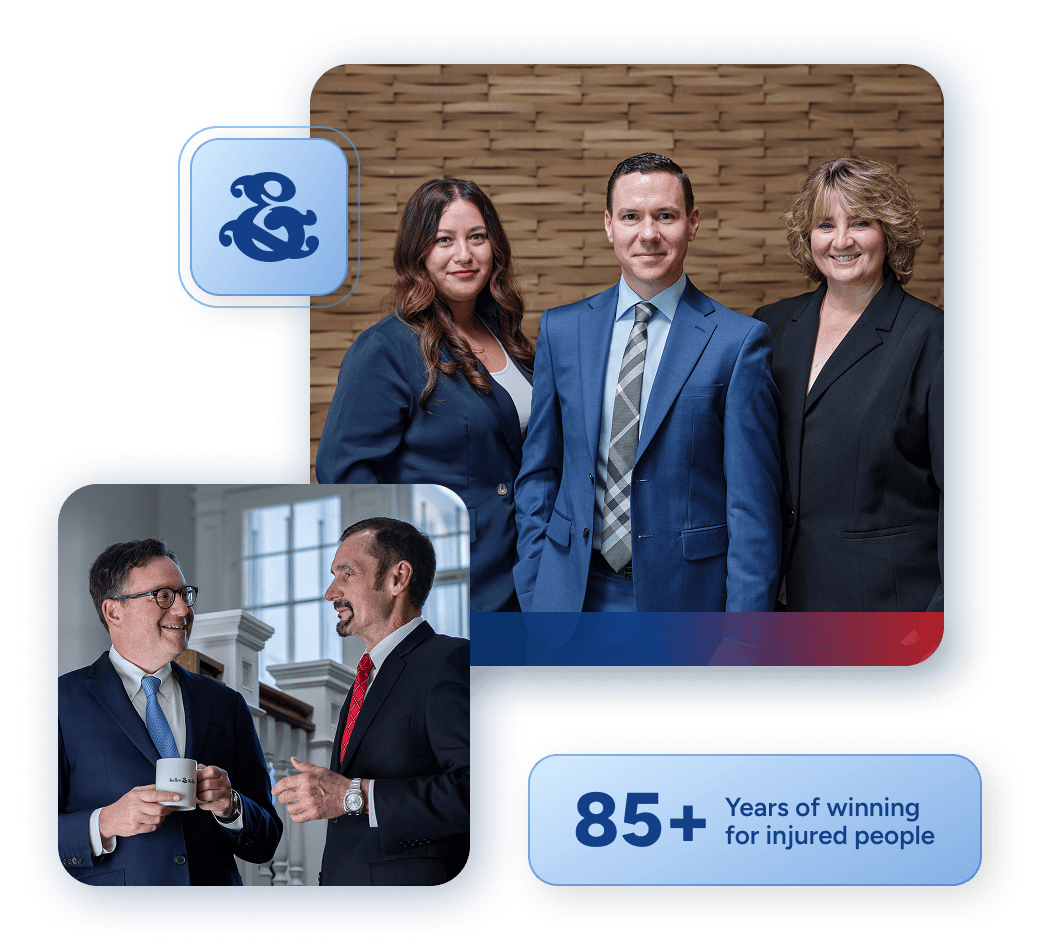
Injured in a Permian Basin Truck Accident?
Get started with a free case evaluation. No Fee Until We Win.
100% Free Evaluation
Provide a few details and our team will handle the rest.
"*" indicates required fields


When you’ve been hurt in a truck accident in the Permian Basin, you need more than just any lawyer—you need a battle-tested sword and shield fighting for your rights.
At Keller & Keller, we’ve been maximizing client settlements and delivering justice since 1936, and we’re not going anywhere. With decades of experience taking on the biggest trucking companies operating in one of America’s busiest oil and gas regions, we’ve recovered millions of dollars for our clients. That’s not just a number—that’s thousands of families we’ve helped get their lives back on track. The Permian Basin sees thousands of commercial trucks daily, hauling oil field equipment, fracking sand, crude oil, and water across some of the most dangerous roads in America. With offices serving clients throughout New Mexico, our Permian Basin truck accident lawyers bring the same dedication and expertise to every case we handle.
Why You Need a Lawyer After a Permian Basin Truck Crash
The aftermath of a truck accident in the Permian Basin can turn your life upside down in an instant. Medical bills pile up, insurance companies pressure you to accept lowball offers, and you’re left wondering how to put your life back together. But here’s the truth—the trucking companies, oil field service companies, and their insurers are already working against you.
Navigating Complex Legal Claims
Understanding Insurance Company Tactics
Understanding Statute of Limitations
Steps to Take After a Permian Basin Truck Accident
The actions you take immediately after a truck accident in the Permian Basin can make or break your case.
See What Your Case Is WorthEven if you feel okay, adrenaline can mask serious injuries—see a doctor right away.
Official documentation is crucial for establishing what happened.
If you’re able, take photos of both vehicles, the accident scene, road conditions, and any visible injuries.
Get names and contact details from anyone who saw what happened, including other drivers and oil field workers.
Obtain the truck driver’s license, insurance, DOT number, and employer details.
Permian Basin roads have unique hazards—document dust storms, oil field traffic, or poor road conditions.
Avoid giving detailed statements to anyone except the police.
Keep all medical records, repair estimates, and accident-related documents
The sooner we start working, the better we can protect your interests and preserve crucial evidence.

The Keller & Keller Approach:
New Mexico Injury Lawyers Who Fight to Win
From the moment you contact us, you’ll notice the difference in our approach. Our client-first philosophy means we take the time to understand not just the details of your accident but how it has affected your life, your work, your family, and your future in New Mexico. We clearly communicate every step of the process in plain language you can understand—no confusing legal jargon. This approach has earned us countless 5-star reviews from real New Mexico clients who’ve experienced the Keller & Keller difference firsthand.
We understand that being injured in an accident is stressful enough without having to chase down your lawyer for updates. That’s why we’ve built our practice around transparent, consistent communication.
When you hire us, you’ll have direct access to the New Mexico-based attorney handling your case as well as a dedicated paralegal who monitors its daily status. We keep you informed throughout every stage of your claim, explaining what’s happening, what to expect next, and how it affects your case.
Our 80+ years of experience isn’t just about longevity—it’s about results. Our attorneys have successfully handled thousands of cases in New Mexico and recovered millions and millions of dollars for our clients. We’ve gone toe-to-toe with the biggest insurance companies and won. Our courtroom experience means we’re always prepared to take your case to trial if that’s what it takes to secure fair compensation. This willingness to fight—and our track record of success—often motivates insurance companies to offer better settlements to avoid facing us in court.
The Permian Basin Truck Accident Claim Process with Keller & Keller
When you hire us, we don’t waste time. Our investigation starts immediately because evidence disappears fast in the Permian Basin—especially when oil field operations continue 24/7.
Types of Permian Basin Truck Accidents We Handle
The Permian Basin presents unique trucking hazards that we handle with specialized expertise.
The Hard Truth
Permian Basin Truck Accident Statistics That Demand Action
The numbers don’t lie—the Permian Basin has a serious truck accident problem, and here’s what gets us fired up.
Each new oil well in the Permian Basin generates between 4,000 to 7,000 truck trips during development, and each existing well generates 30-50 trips monthly across over 7,000 oil and gas fields. This massive truck traffic overwhelms rural roads never designed for heavy commercial vehicles, creating one of America’s most dangerous driving environments.
Nationwide, 5,904 large trucks and buses were involved in fatal crashes in 2021, representing an 18% increase from 2020. The Permian Basin’s oil boom has intensified this crisis with drivers working excessive hours on dangerous roads while trucking companies prioritize speed over safety.
TxDOT committed $1.3 billion directly to the Permian Basin region for safety and maintenance improvements, acknowledging the infrastructure crisis created by exploding truck traffic. Despite this massive investment, families continue to pay the price while oil field operators prioritize profits over the safety of everyone sharing these deadly roads.
Leading Causes of Permian Basin Truck Accidents
Most Permian Basin truck accidents are preventable, which is what makes them so maddening. Understanding these causes helps us build stronger cases and hold negligent parties accountable
Permian Basin Truck Accident Injuries We Represent
Truck accidents don’t cause fender-benders—they cause life-changing injuries that turn families upside down.

Compensation Available for Permian Basin Truck Accident Victims
If you’ve been injured in a Permian Basin truck accident due to someone else’s negligence, you may be entitled to various types of compensation.
Economic Damages
These are quantifiable financial losses, including:
- Medical expenses (past, current, and future)
- Lost wages and reduced earning capacity
- Property damage to your vehicle
- Rehabilitation and therapy costs
- Home modification expenses
- In-home care costs
Non-Economic Damages
These more subjective damages compensate for:
- Pain and suffering
- Emotional distress
- Loss of enjoyment of life
- Disfigurement and scarring
- Loss of consortium (impact on marital relationship)
Punitive Damages
In rare cases involving extreme recklessness or intentional misconduct, New Mexico courts may award punitive damages designed to punish the wrongdoer and deter similar behavior.
Wrongful Death Damages
When Permian Basin truck accidents result in fatalities, surviving family members may recover compensation for funeral expenses, loss of financial support, loss of companionship, and the pain and suffering of their loved one before death.
How Keller & Keller Investigates Permian Basin Truck Accident Cases
Our meticulous approach to evidence gathering builds the strongest possible foundation for your claim:

Setting the New Mexico Standard
Cutting-Edge Investigation Technology
While other law firms rely on outdated methods, Keller & Keller leverages cutting-edge technology to build stronger cases and win bigger settlements for our Permian Basin truck accident clients.
Professional drone documentation
Captures accident scenes from angles impossible with traditional methods, providing comprehensive evidence of Permian Basin road conditions, skid marks, vehicle positions, and environmental factors like dust or visibility issues.
Advanced voice-over-IP networks
Enables real-time collaboration between attorneys, investigators, and expert witnesses throughout the Permian Basin region, ensuring no detail is overlooked.
Forensic data extraction
Our technicians retrieve crucial pre-crash data including speed, braking patterns, hours-of-service violations, and steering inputs that often prove negligence in oil field truck operations.
Cloud-based case management
Provides you 24/7 access to your case information and status updates, no matter where you are in the Permian Basin.
Rapid-response investigation
Allow us to conduct on-site evidence gathering within hours of an accident, critical in the Permian Basin where evidence can disappear quickly due to ongoing oil field operations.
Service Areas
New Mexico
Cities We Serve
What Sets Keller & Keller Apart
With so many law firms advertising their services, why choose Keller & Keller? The differences are clear.
No Fee Until We Win!
Get Started TodayDon’t Take Our Word For It!
See what our clients have to say about their experience with Keller & Keller
View More Testimonials“Keller and Keller was a godsend to me.”
Amber
In September 2018 I was almost killed by a semi truck and was injured badly. The firm I hired didn’t do their job. After a few days of negotiations, they told me to take the money offered or find a new law firm…
“Keller & Keller are a very professional, understanding team.”
Elenita
They kept in touch with me every step of the way. I felt they did the very best they could do for me. I highly recommend them.
Take Action Now
Your Permian Basin Truck Accident Claim Starts Here
Free Consultation
We’ll evaluate your case honestly and explain your options in plain English. We’ll come to you—whether you’re at home, in the hospital, or wherever is convenient.
We Fight
Our experienced team fights to investigate thoroughly, deal with insurance companies, and handle all the legal complexities while you focus on getting better.
You Recover
Focus on healing while we handle the rest. We’ll fight for you like we’d fight for our own family, because that’s exactly how we see you.
Zero Fee Guarantee
We believe everyone deserves quality legal representation, regardless of their financial situation. That’s why we work on a contingency basis—you pay absolutely nothing unless and until we win your case. No upfront costs, no hidden fees, no financial risk to you.

The Keller Tradition:
Bringing Nearly a Century of Excellence to New Mexico
Frequently Asked Questions
Have Questions? We’re here to help.
Injured and not sure what to do next?
We’ll help guide you through everything you need to know
Albuquerque, NM Office
6301 Indian School Rd NE #920 Albuquerque, NM 87110
(505) 938-2300








